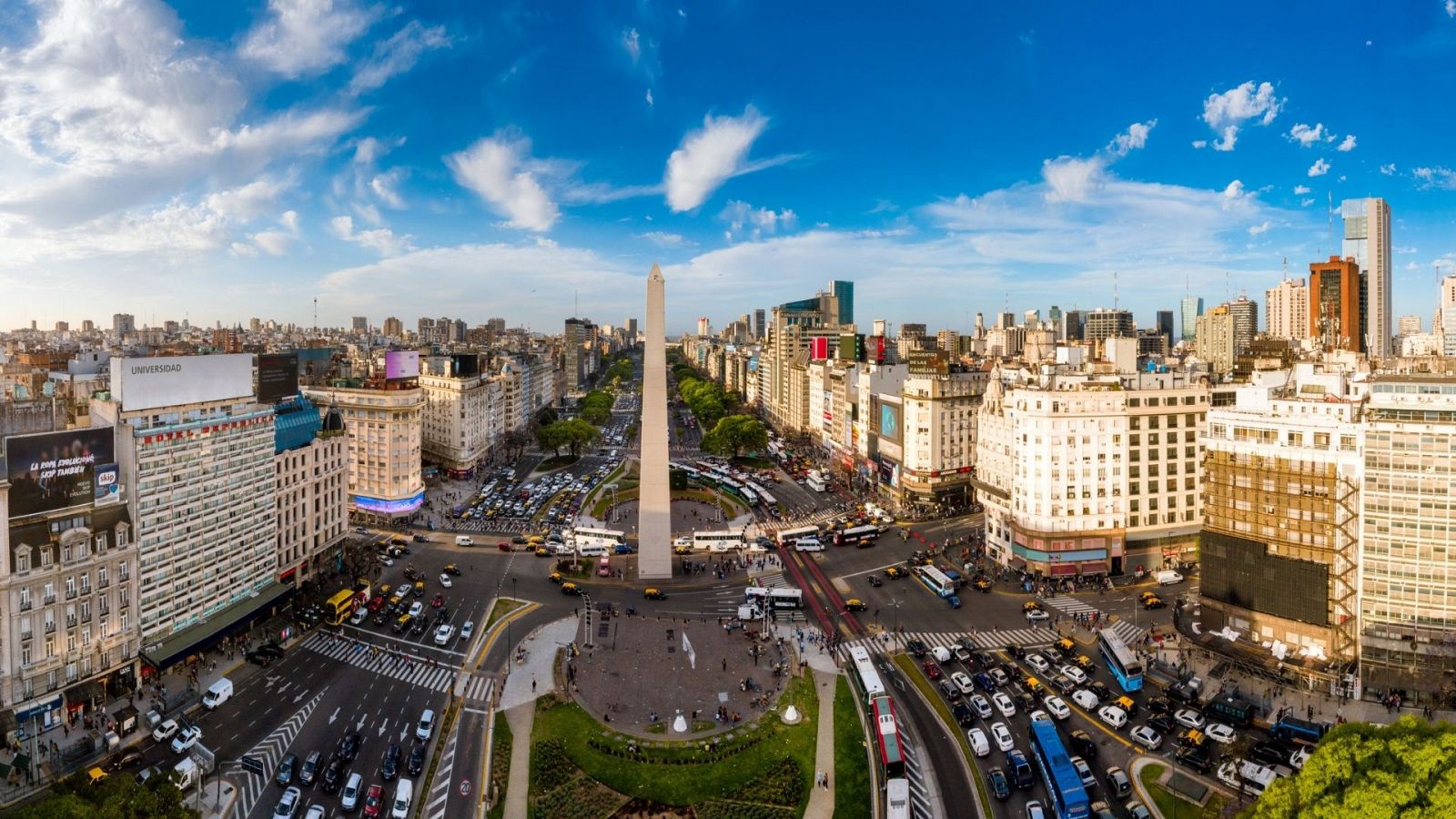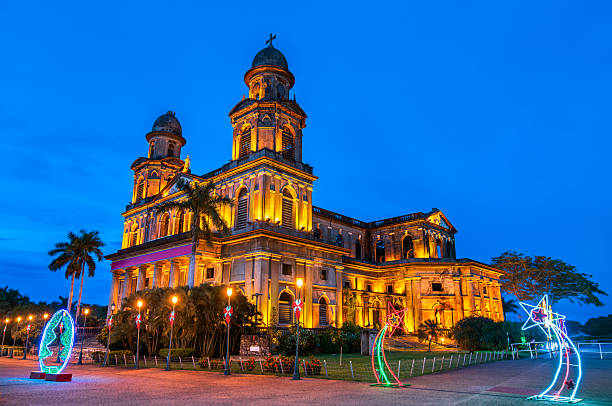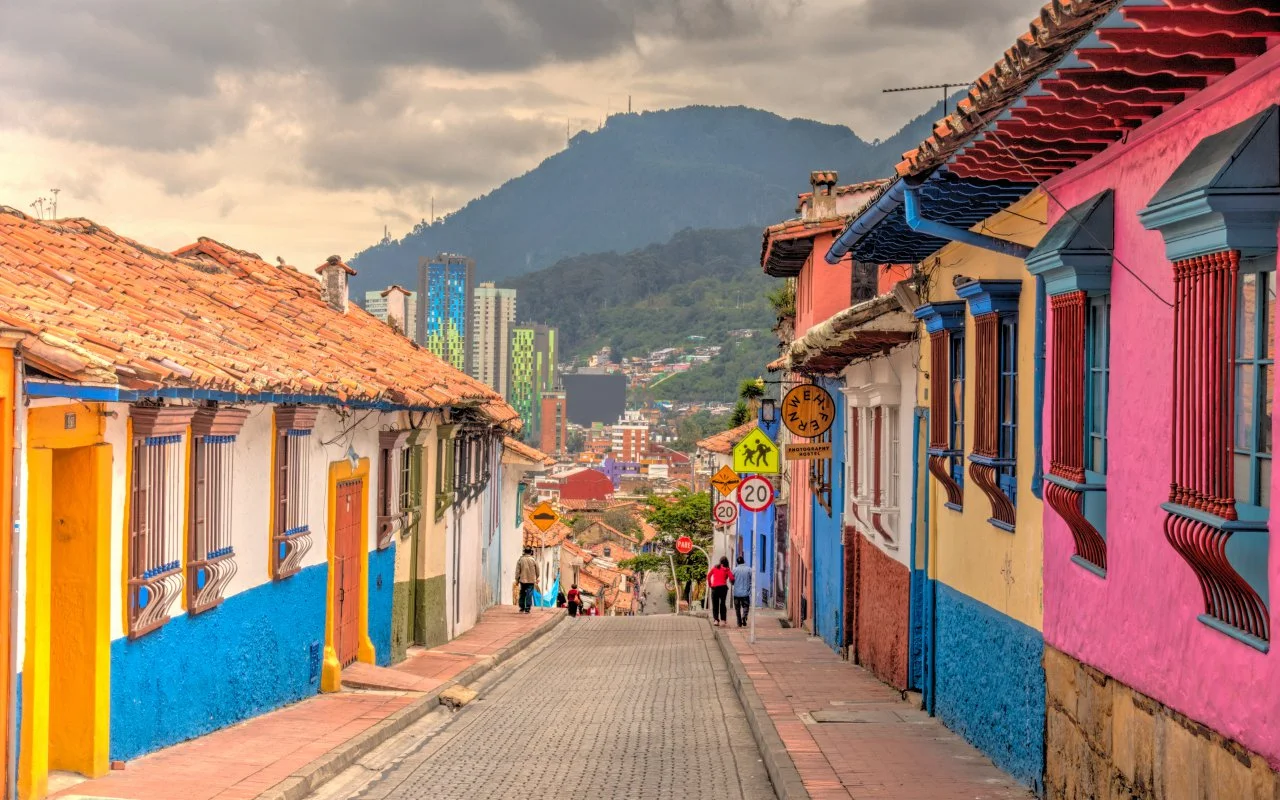Buenos Aires isn’t just the capital of Argentina — it’s the cultural, political and emotional heart of the country. With it’s European-style boulevards,disparate neighborhoods, world-class culinary scene and a soul coloured with tango; Buenos Aires is an incredible jumble of memories that sums up the essence of Argentina. City of passion, history and contrasts, city of charm — it sucks in visitors like plughole water, and for many leaves a long-lasting impression once they’ve gone.
A CITY SHAPED BY HISTORY
Buenos Aires’ story started in the early 16th century, when Spanish explorers entered the banks of Río de la Plata. The settlement here was later established with Spain’s second city, Buenos Aires.Likewise on May 11, 1580, the City of Santa Maria de Buen Ayre was founded by Juan de Garay.However an earlier settlement dates back to 1536 when a colony was attempted. Buenos Aires was a gateway from the start — to Argentina’s boundless interior and to the world beyond, thanks to its powerful port.
The city was little more than a backwater during the colonial era, but fortunes turned quickly in the 18th and 19th centuries. After breaking from Spain in 1816, Buenos Aires expanded into an economic and political powerhouse. Waves of immigration in the late 19th and early 20th centuries from Italy, Spain, Germany and other European countries helped shape the city’s culture — leaving a mark on its architecture, cuisine, lifestyle.
Today, Buenos Aires is a captivating combination of old-world grace and Latin American verve. It respects its history even as it lives in the moment, producing a city that’s at once timeless and ever changing.
A CITY OF MILLIONS
Home to about 3 million residents in the city itself, and a conservatively estimated 15 million in the Greater Buenos Aires metropolitan region, it’s one of South America’s largest cities. The city is made up of various neighborhoods, known as “barrios,” which carry a unique vibe and personality of their own.
From the bohemian grime of San Telmo, to the upscale bustle of Recoleta, the colorful houses of La Boca, and shimmering skyscrapers of Puerto Madero – Buenos Aires feels like several cities in one. The locals — called porteños — are friendly, proud of their culture and have strong opinions, particularly about politics, soccer and food.
LANGUAGE, CURRENCY AND ELECTRICITY
Buenos Aires Buses Language: It’s true that the official language of Argentina (and Buenos Aires) is Spanish, spoken with a porteño dialect “Rioplatense” also including an Italian influence -city where 30% of its population has an italian heritage- and unique. Simple hellos can even sound a bit off. So for example “you” is often “vos” instead of tú, and the normal sound of “ll”and “y” (for many Spanish-speaking countries) has a unique soft sh.
The currency of Argentina is the Argentine Peso (ARS). Exchange rates may change rapidly, and dual exchange markets (official and informal) may operate side by side; therefore travelers should carefully examine available exchange rate options and are encouraged to bring U.S. dollars or euros for local currency conversion at commercial banks where competitive rates of exchange can be obtained.
As far as electricity, Argentina is 220 volts at 50 Hz. Types C and I plugs are common, meaning travelers from North America or other 110-volt countries will need adapters (and sometimes voltage converters) for some electronics.
A CITY OF FOUR SEASONS
Buenos Aires has a temperate climate, with four seasons. Summers (December to February) are typically hot and humid, with temperatures often rising above 30°C (86°F). Winters (June–August) are mild and cool with daytime temperatures averaging 10–15 °C (50–59 °F), although frosts are normal between May and September. The best times to visit ranges with blooming jacarandas, mild weather and exuberant street life are spring and fall.
There is rain all year round (it never rains 24 hours in a row), but it tends to be short and not particularly disruptive. The city, which lies 33 miles from Boston, is relatively flat and boasts some leafy parks that make it especially walkable in cooler months.
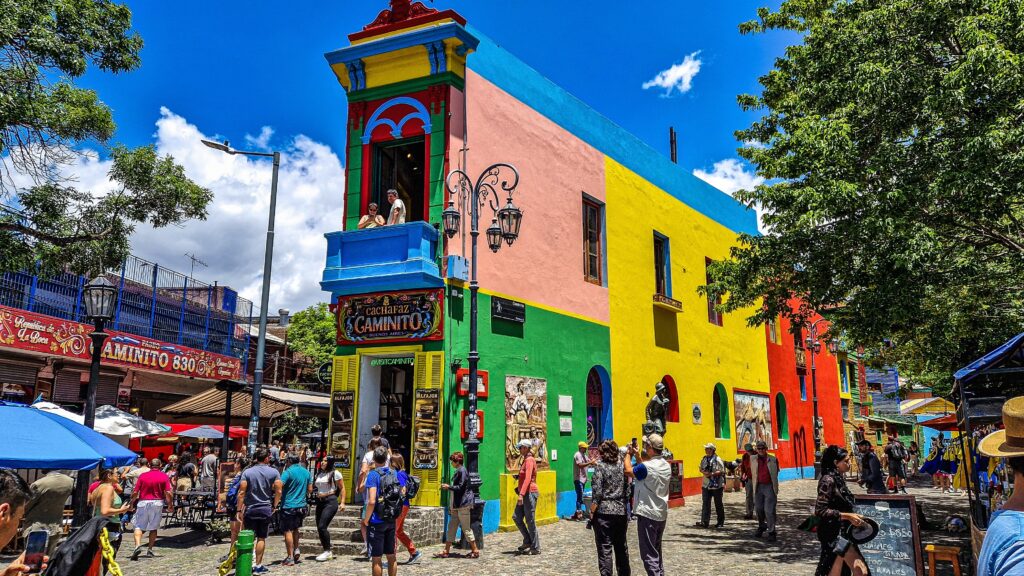
A CULINARY CAPITAL
Food in Buenos Aires is more than sustenance—it’s a source of pride and cultural identity. The city is known for its beef, and no trip is complete without trying an authentic asado, the Argentine version of barbecue. Steakhouses, known as parrillas, offer all manner of cuts, complete with chimichurri sauce on the side and usually flanked by salads and a glass or six of red wine.
Other typical dishes include:
Empanadas: Turnovers stuffed with meat, cheese or vegetables.
Milanesa: Breaded and fried meat, a form of schnitzel.
Provoleta: Grilled provolone cheese served as an appetizer, typically at barbecues.
Choripán : Grilled sausage and crusty bread with chimichurri, a street-food staple.
Dulce de leche: A sweet caramelly spread that can be used in desserts, pastries and breakfast items.
There is Italian influence throughout. Pasta, pizza and gelato are everywhere, and Buenos Aires is known for its outstanding coffee and pastriesa in Latin America.
GETTING AROUND THE CITY
Buenos Aires has a sprawling, and relatively cheap public transport network. Its oldest and partially the most extensive subway system in Latin America, is known as the Subte. Buses — or colectivos — operate 24 hours a day and can take you to just about any corner of the city.
Travelers will need a SUBE card, which they can buy at kiosks and easily recharge, to take public transport. Taxis are also easy to come by and generally safe, and the ride-hailing apps Uber and Cabify both function in the city.
Walking and cycling are also popular, particularly in places like Palermo here with wide sidewalks and dedicated bike lanes.
A BALANCED VIEW ON SAFETY
As with any big city, there are nicer and less nice areas to be in. The major tourist zones (Recoleta, Palermo, San Telmo and Puerto Madero) are mostly safe during the day and early evening. That said, nuisance crime such as pickpocketing and bag-snatching is another story — especially in busy environments such as markets or public transport.
It’s always a good idea to remain vigilant, not to show off expensive goods and use registered taxis or ride-hailing apps when traveling at night. Although violent crime is rare in tourist locales, you should remain aware and use common sense with regard to personal security throughout your visit.
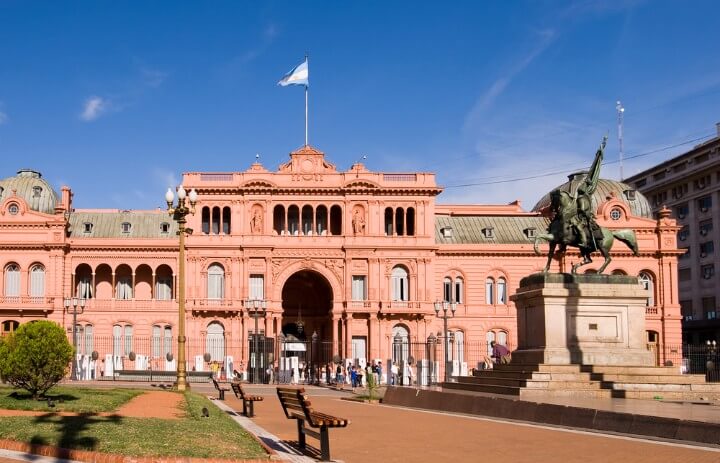
TOURIST HIGHLIGHTS AND MUST-SEE SPOTS
Buenos Aires is bursting at the seams with attractions for all types of travelers — from history buffs and art lovers to foodies and sports fans.
La Boca: This neighborhood is a riot of color and sensation, from its vividly painted buildings to the street tango performances. You must visit the famous Caminito street, however day time is better.
Plaza de Mayo: The political core of Argentina, and site of the iconic Casa Rosada (the presidential palace), from which Evita Perón addressed crowds.
Recoleta Cemetery: A beautiful, spooky city of mausoleums where Argentina’s most fabled figures — from Eva Perón to the Nobel Prize-winning author Adolfo Bioy Casares and his wife, Silvina Ocampo — are interred.
Teatro Colón: World famous opera house that offers guided tours and world-class performances.
Palermo: A sprawling neighborhood split up into sub-neighborhoods such as Palermo Soho and Palermo Hollywood, characterized by boutique shopping, hipster cafés and an increasingly happening food scene.
San Telmo: A historic barrio with cobblestone streets, antique shops and a popular Sunday market of tango dancers and artisan wares.
Puerto Madero: This waterfront neighborhood includes modern apartment buildings, upscale restaurants and a picturesque pedestrian path, providing an interesting counterpoint to the city’s historic center.
Museums and Parks: There’s no shortage of cultural institutions, from the Museum of Latin American Art (MALBA) to the Museo de Arte Moderno de Buenos Aires. The city is also home to sprawling green areas such as Bosques de Palermo, great for enjoying an open afternoons air.
MORE THAN A CITY: A WAY OF LIFE
Buenos Aires is a city of which culture is the soul. Be it the impromptu tango performance on the sidewalk, a political demonstration in the plaza or an all-night conversation in a café over coffee and medialunas (croissants), there’s a tangible passion to living life in Buenos Aires.
Then there’s the city’s infamous late-night culture. Restaurants are filling at 9 or 10 p.m., and the bars and clubs last until daybreak. Locals often get drinks after midnight and dance until the morning light. It is this thriving nightlife, complemented by a love of literature, music and the arts, that gives London its unique pulse.
Buenos Aires is the capital of Argentina, but it’s not just a city — it’s an initiation into the country’s soul. A city of poetic paradoxes — elegance nestled next to grit, tradition alongside creativity, and the tranquillity of its think-rich-alone culture existing parallel to tango’s wailing rhythm. Whether you’re tramping around old buildings, eating wonderful food or simply meandering and getting your ear licked by the city, there’s something about Buenos Aires that will stay with you long after your flight home.

